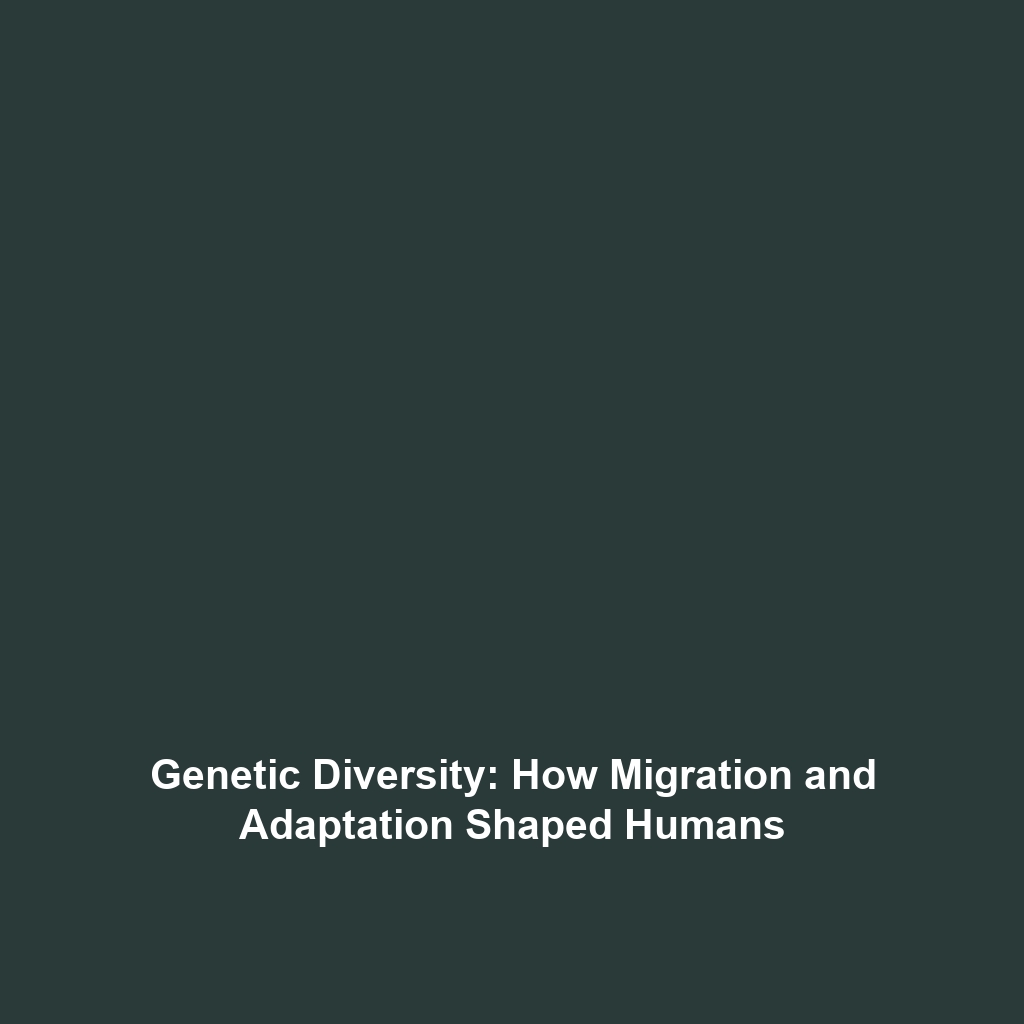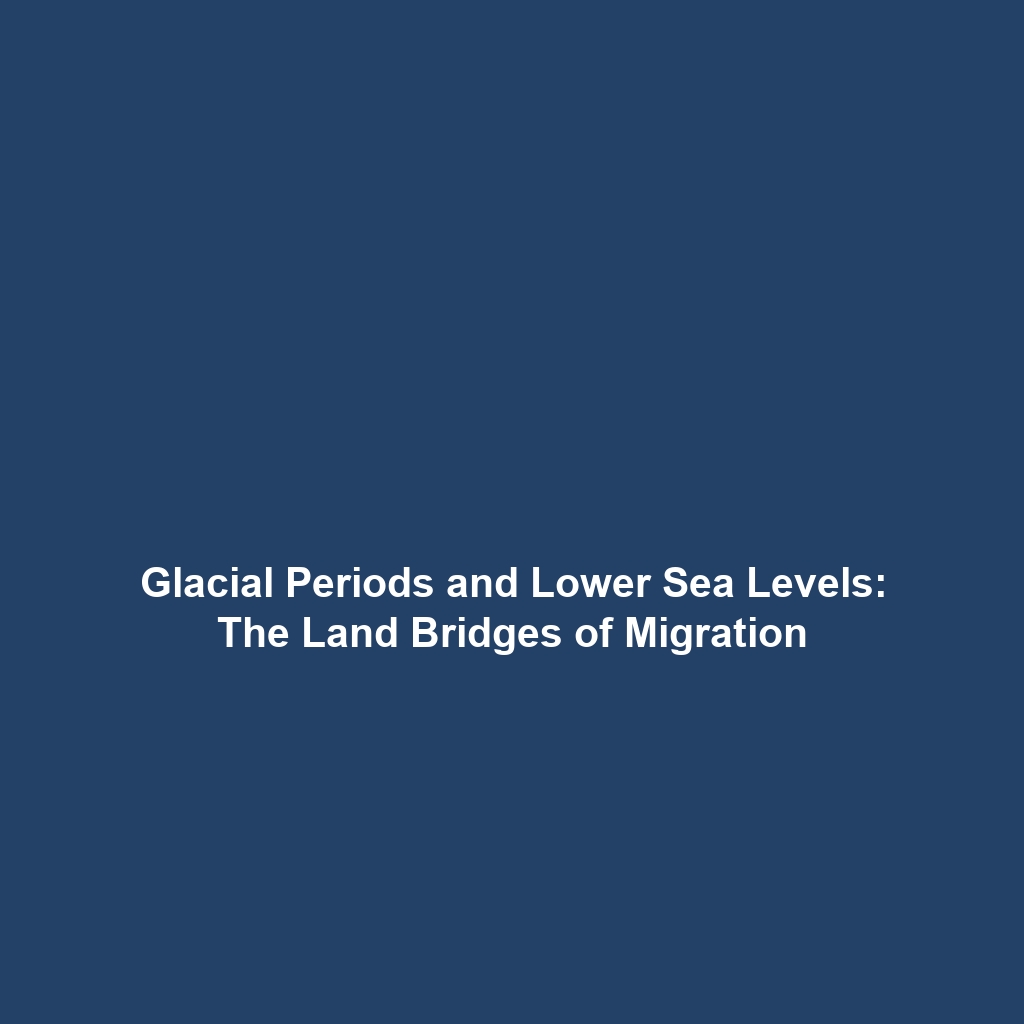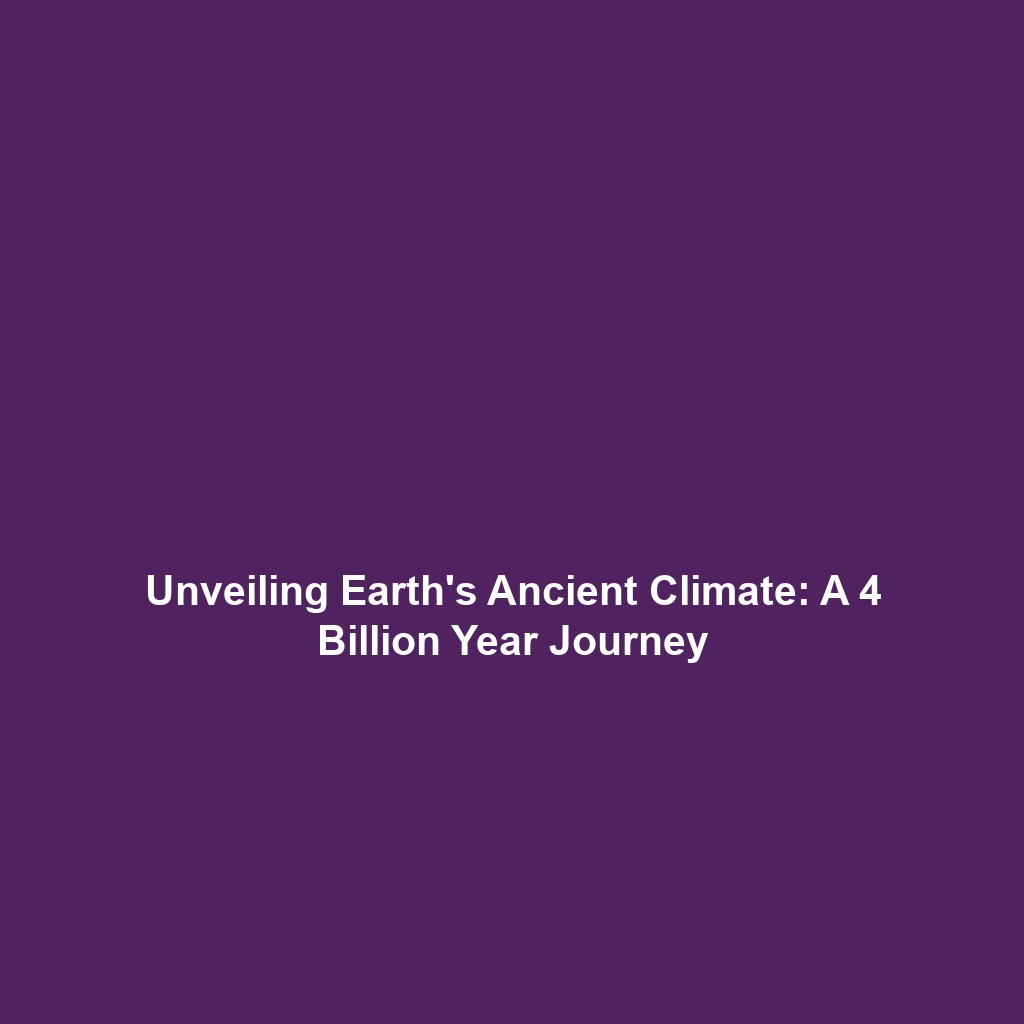Tool Use in Homo habilis and Its Role in Human Evolution
Tool use has played an essential role in the evolution of humans, and one of the most significant contributors to our understanding of this phenomenon is Homo habilis. Known for its association with the Oldowan tool culture, Homo habilis marks a pivotal moment in human evolution, characterized by the creation of simple stone tools. This article explores the implications of tool use in Homo habilis and its broader significance to the field of human evolution.
Key Concepts
The study of tool use in Homo habilis introduces several major concepts pivotal to understanding human evolution:
- Oldowan Tool Culture: The oldest known stone tool industry, attributed to Homo habilis, consisting of simple, unrefined tool designs.
- Adaptive Strategies: Tool use provided early humans with improved means for hunting, gathering, and processing food, showcasing advanced problem-solving skills.
- Social Interaction: The crafting and sharing of tools likely required communication and cooperation, essential elements in the development of social structures.
Significance in Human Evolution
Understanding tool use in Homo habilis provides crucial insights into the cognitive and social development of early humans. It represents an evolutionary leap that laid the groundwork for subsequent hominin species, including Homo erectus and Homo sapiens.
Applications and Real-World Uses
Tool use in Homo habilis underscores several significant real-world applications:
- Analyzing Early Human Behavior: Researchers utilize the study of Oldowan tools to reconstruct the lifestyle and survival strategies of early humans.
- Impact on Anthropology: Insights gained from Homo habilis’s tool use contribute to our understanding of cultural evolution over millions of years.
- Technological Evolution: Modern technological advancements can trace their roots to the foundational skills developed during the Oldowan tool culture.
Current Challenges
Despite its significance, there are several challenges in studying the tool use of Homo habilis:
- Limited Fossil Evidence: The fossil record for Homo habilis is sparse, making it difficult to gather comprehensive data.
- Interpreting Artifact Functions: Determining the exact uses of Oldowan tools remains speculative due to the lack of direct evidence.
- Technological Bias: Modern perspectives can obscure interpretations of ancient tool use, leading to potential misrepresentations.
Future Research and Innovations
Ongoing research related to Homo habilis’s tool use is expected to yield groundbreaking insights:
- Advanced Imaging Techniques: New technologies in imaging will enable better analysis of existing artifacts.
- Interdisciplinary Studies: Collaborations between archaeology, anthropology, and even neuroscience could shed light on the cognitive abilities of early humans.
- Expansion of Discovery Sites: Exploration in less-studied regions might uncover new evidence that challenges existing paradigms of human evolution.
Conclusion
In summary, tool use in Homo habilis, particularly through its association with the Oldowan tool culture, is pivotal to understanding human evolution. It not only highlights the ingenuity of early hominins but also sets the stage for future advancements in human cognitive and social development. For those interested in delving deeper into evolutionary studies, consider exploring further topics such as the evolution of Homo erectus or the significance of the Acheulean tool culture.





